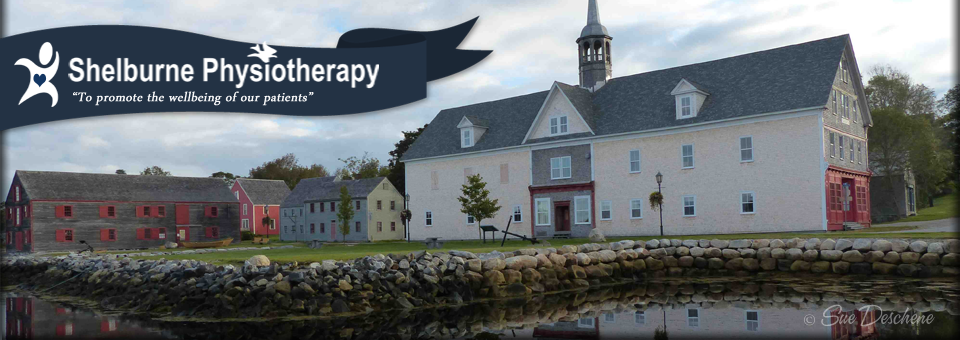Acupuncture
 Our Patient Services — Acupuncture
Our Patient Services — Acupuncture
Acupuncture is the Western name given to an ancient medical practice thought to have originated in China thousands of years ago. The name, which comes from the Latin words meaning "needle" and "prick," accurately describes the technique. Acupuncture is the technique of inserting and manipulating very fine needles at specific sites on the body with therapeutic aims, including pain relief.
Everyone's First Question: Does it Hurt?
First, remember that you will NEVER receive any therapy that you have not first approved. Acupuncture needles are very fine, much smaller than those used for injections. Some patients report little or no sensation as the needles are inserted. Other experiences include a slight stinging sensation, tingling, numbness, a feeling of fullness, warmth and a feeling of deep relaxation. It is a completely individual experience. After the needles are inserted, it is rare to feel them at all. Within physiotherapy, acupuncture is often integrated into treatment plans as a complementary therapy to hasten healing and reduce pain and inflammation. The needles stay in for 15-20 minutes.
 The Theory Behind Acupuncture
The Theory Behind Acupuncture
Acupuncture is part of Traditional Chinese Medicine (TCM), a holistic approach to health. In this tradition, it is believed that health results from the balance of forces within the body and the free flow of vital energy, called Qi (pronounced chee). TCM holds that pain, inflammation and weakness result from the slowing or blocking of the flow of Qi. Acupuncture at specific points is believed to restore the optimum flow of Qi and aid the return to health. The main acupuncture points are on nerves, motor points, blood vessels, ligaments, tendons, joint capsules and suture lines on the skull.
 Does it Work?
Does it Work?
Although evidence-based studies cannot explain how acupuncture works, a 1997 US National Institutes of Health panel found reasonable evidence of its efficacy for many pain indications and for nausea and vomiting. The NIH consensus statement (see our Links page for the full text) concluded that "the data in support of acupuncture are as strong as those for many accepted Western medical therapies."
Theories of how acupuncture works include that it causes the release of endorphins, our bodies' natural pain relievers, and that it brings increased blood circulation to the treatment site. Whatever the mechanism, the NIH panel suggested that acupuncture might be a useful complementary or alternative therapy for conditions such as stroke rehabilitation, headache, tennis elbow, fibromyalgia, myofascial pain, osteoarthritis, low back pain, and carpal tunnel syndrome.
You don't have to believe in acupuncture for it to work any more than you have to believe in the antibiotic your doctor prescribes. Of course, an open mind is always an asset to any therapy.
 Is it Safe?
Is it Safe?
The general scientific consensus is that acupuncture is safe when administered by a well-trained practitioner using sterile stainless steel needles. For your safety and ours, we use only sterile disposable (single-use) stainless steel needles, as recommended by the Acupuncture Foundation of Canada. As the needles pierce the skin, there is always a risk of bleeding or bruising, but our experience and training make this an uncommon occurrence.
The safety profile of acupuncture often beats that of conventional treatments. As reported in the NIH consensus statement, "the incidence of adverse effects (for acupuncture) is substantially lower than that of many drugs or other accepted medical procedures used for the same condition."
 What Else Should I Know?
What Else Should I Know?
Some patients report beneficial results from their first treatment. If this does not happen, do not be concerned. Responses to acupuncture are as individual as our patients.
Some patients experience dizziness or nausea during or after treatment and we ask you to tell us immediately if this occurs.
After acupuncture treatment, we advise you to avoid alcohol, caffeine and cigarettes for at least two hours and strong exercise for at least 48 hours. Of course, all medications should be taken as prescribed by your doctor.
